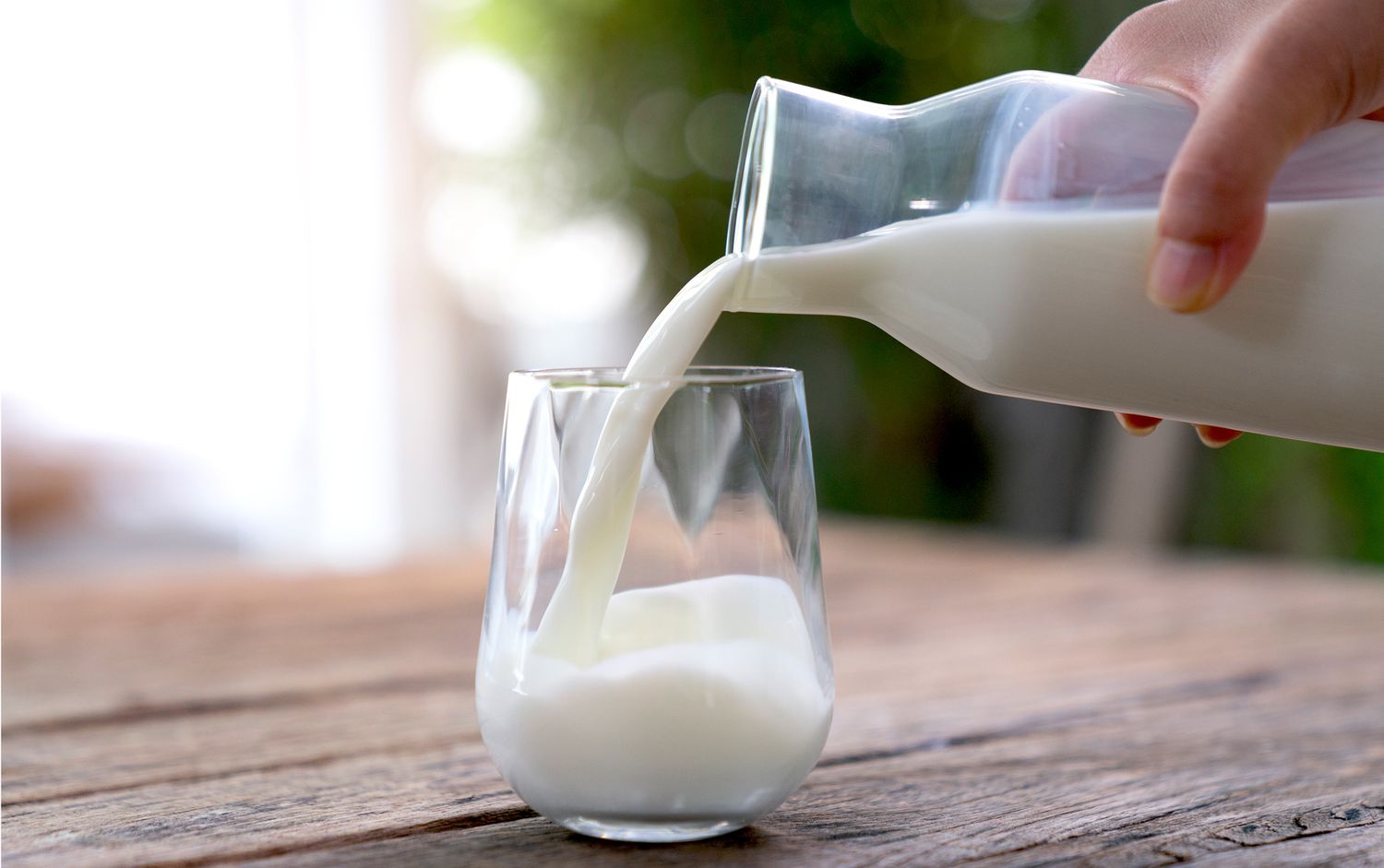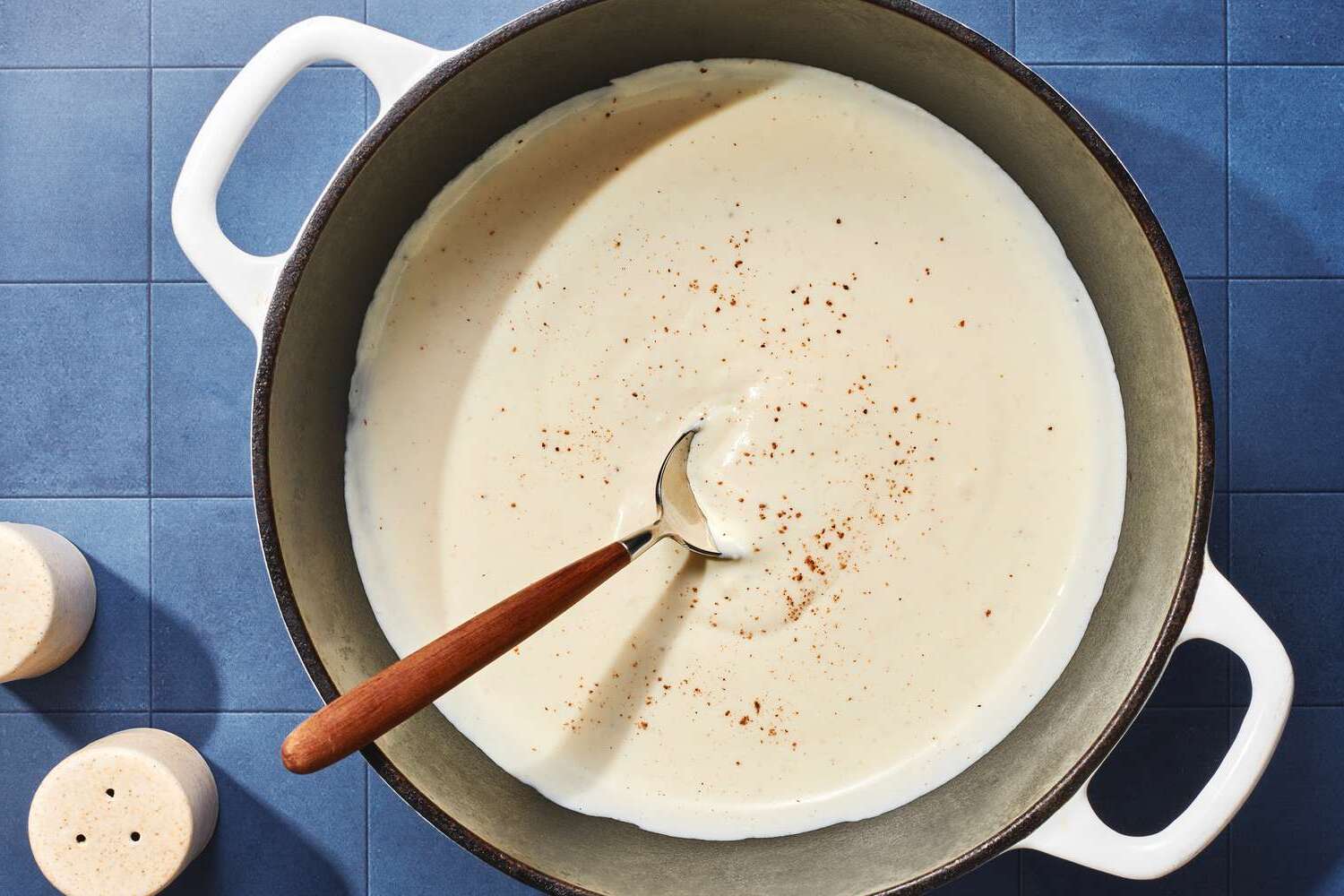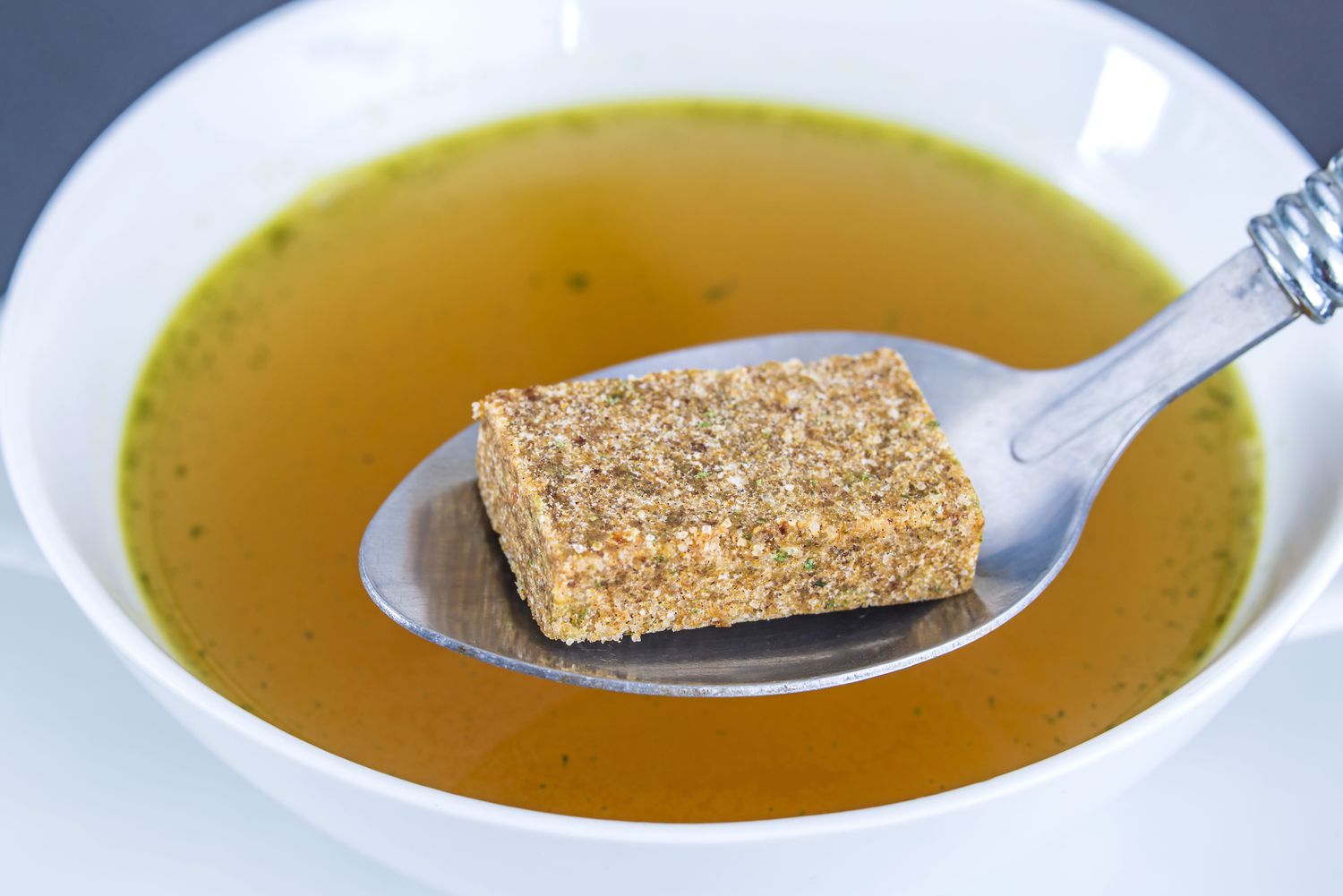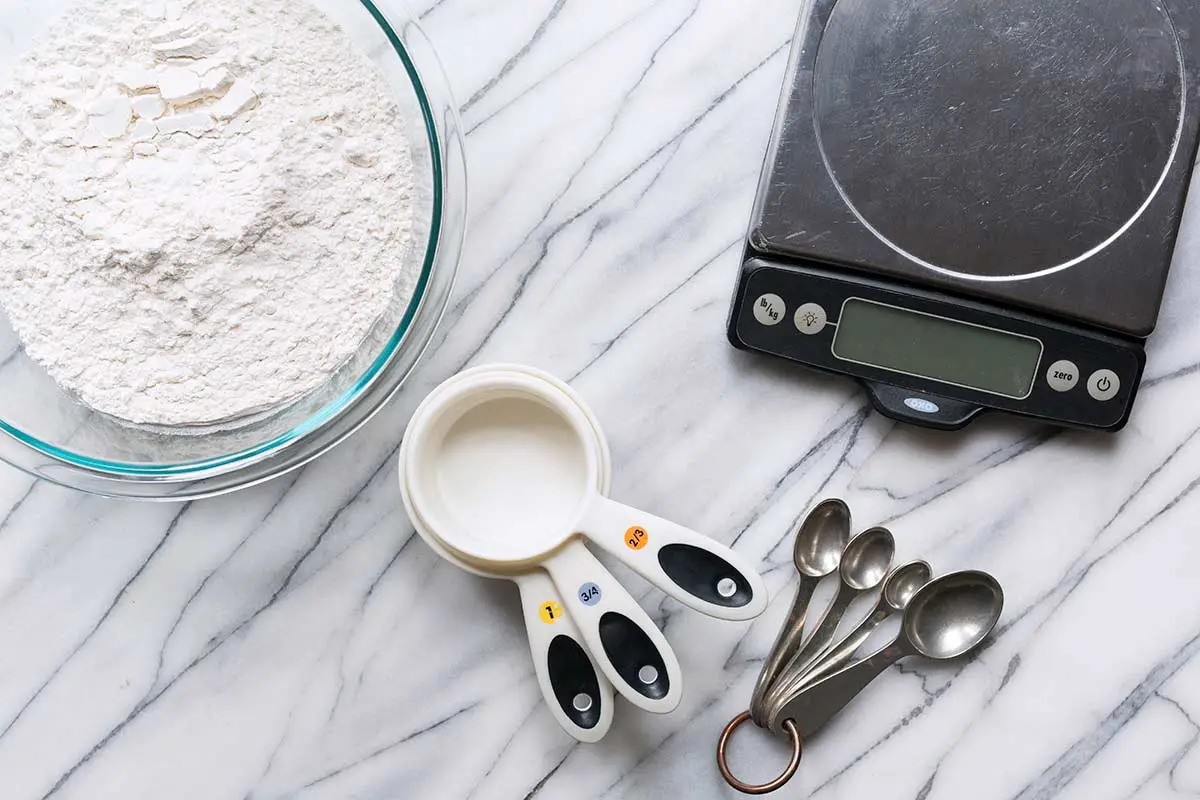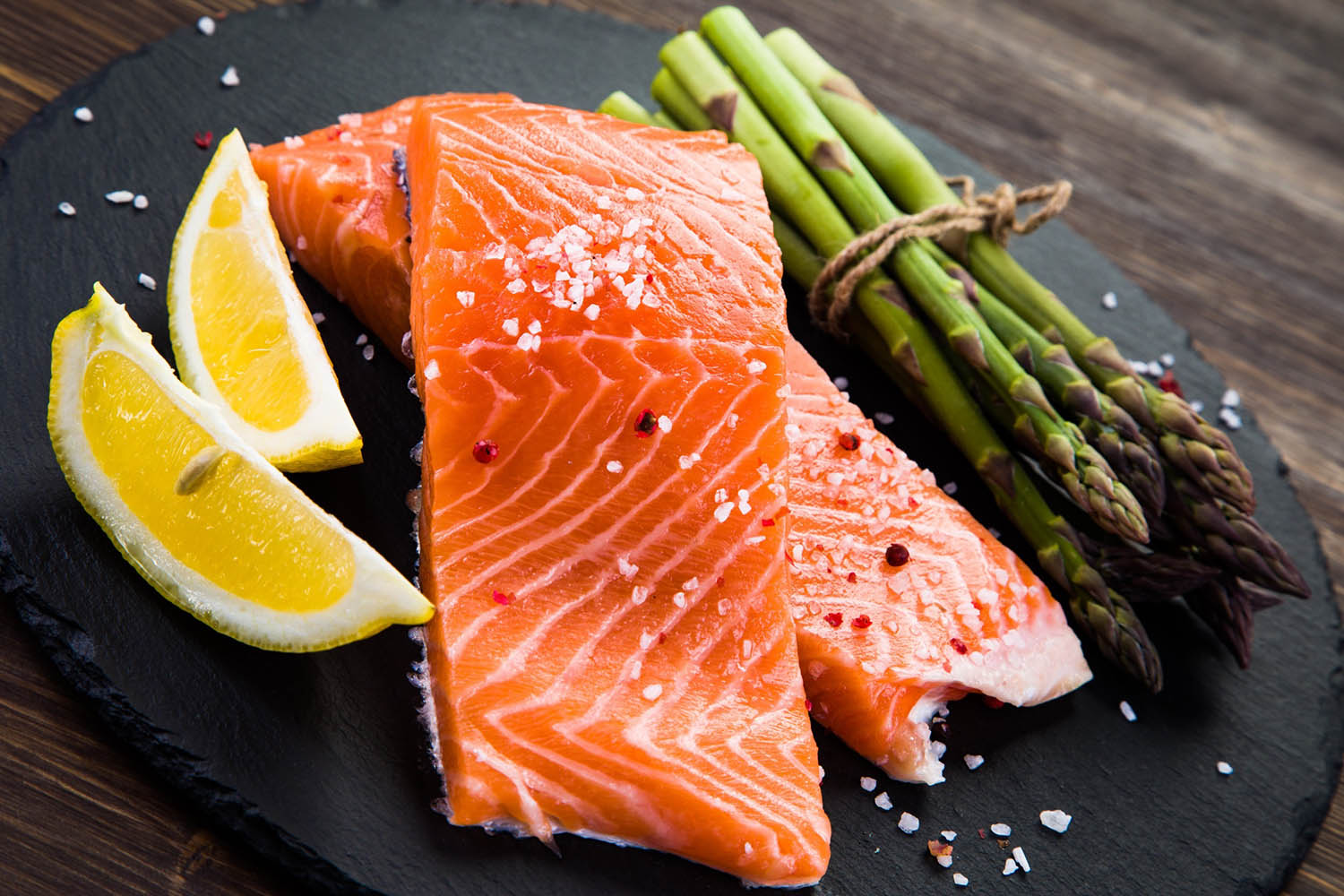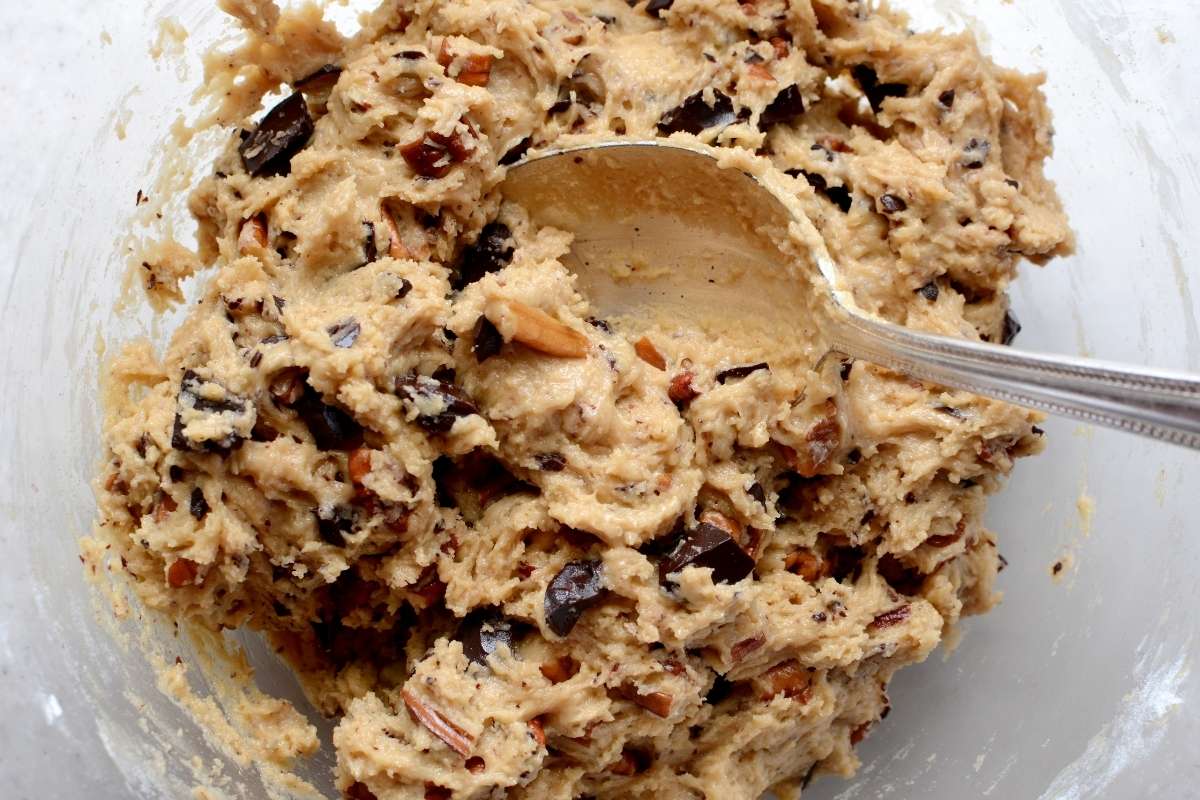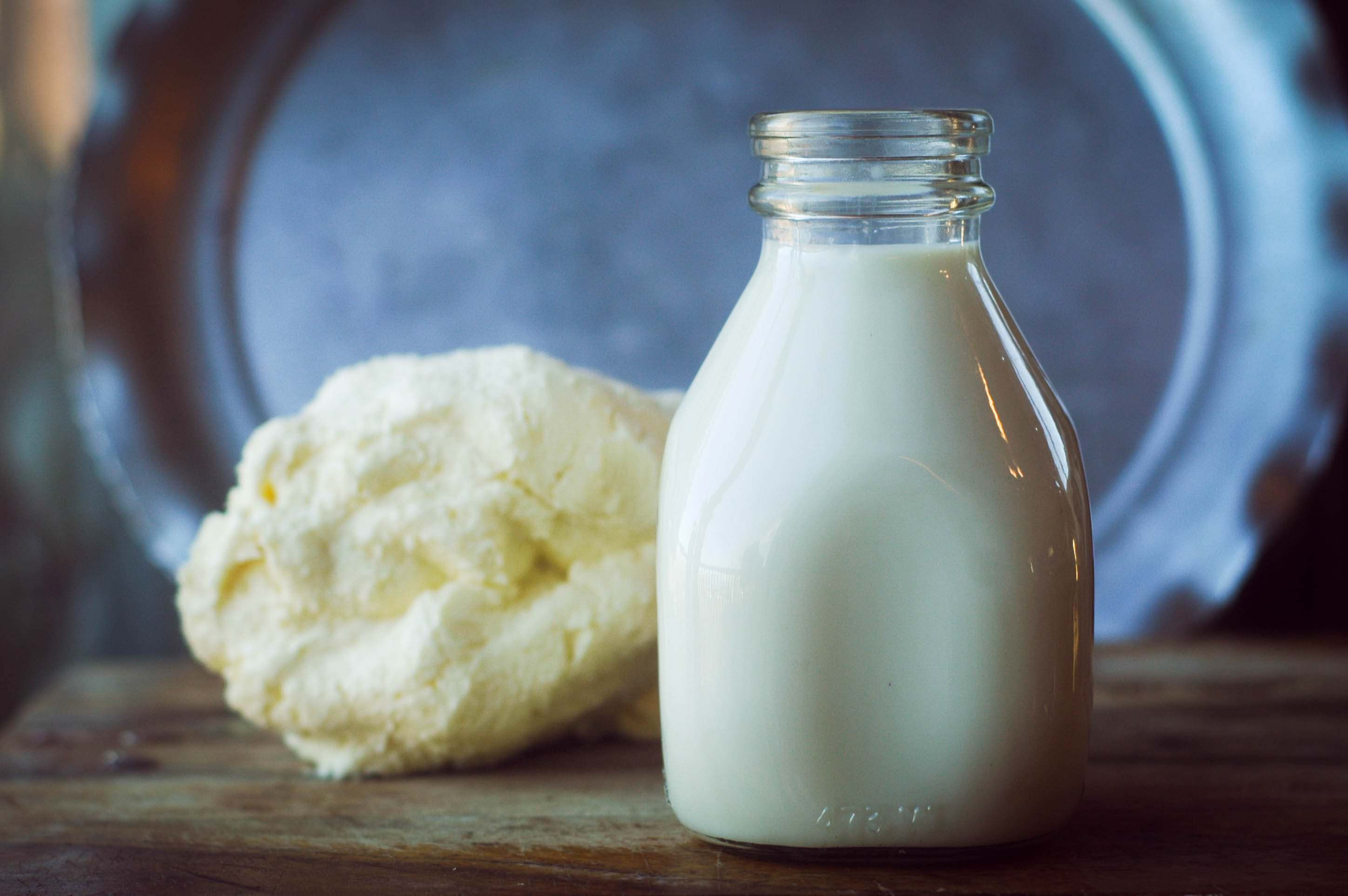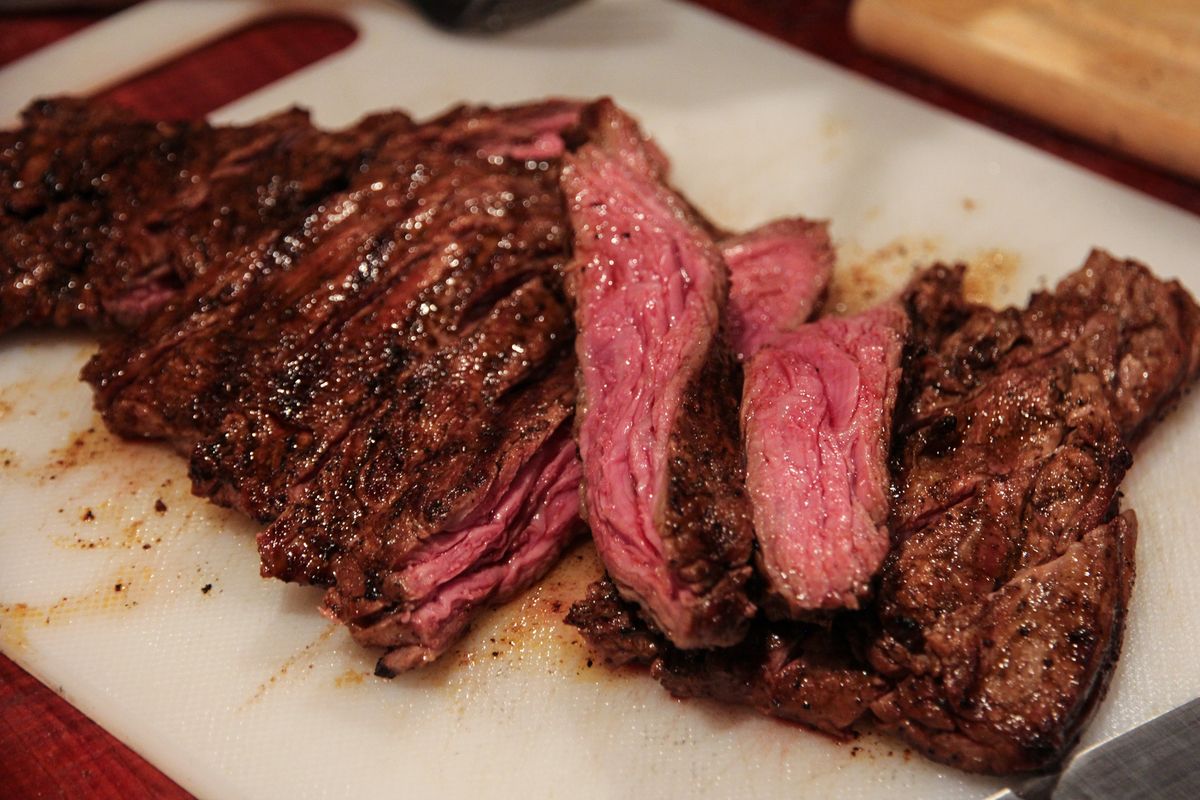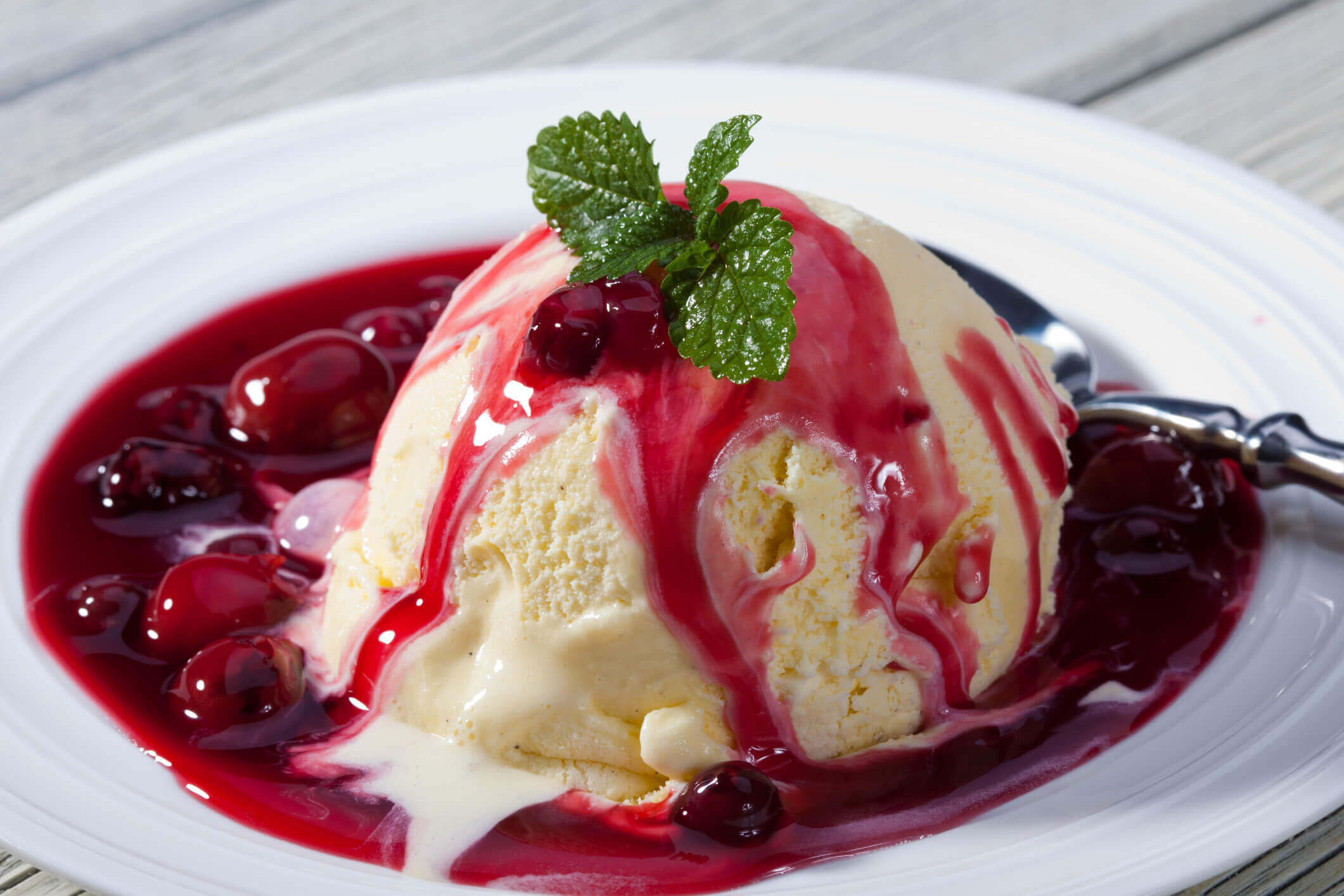Converting 50g of Butter to Tablespoons
Butter is a common ingredient in cooking and baking, and many recipes call for specific measurements of butter in tablespoons. If you have a recipe that requires 50g of butter and you prefer to measure in tablespoons, you may be wondering how to convert grams to tablespoons. While the exact conversion may vary slightly based on the density of the butter, a general conversion can help you achieve the desired result in your culinary endeavors.
Understanding the Conversion
When it comes to converting grams of butter to tablespoons, it’s important to note that butter has a density of approximately 0.911 grams per milliliter. Since one tablespoon is equivalent to about 14.2 grams, we can use this information to calculate the approximate number of tablespoons in 50g of butter.
The Conversion Process
To convert 50g of butter to tablespoons, you can use the following formula:
Number of tablespoons = 50g / 14.2g per tablespoon
By dividing 50g by 14.2g per tablespoon, you can determine that 50g of butter is approximately 3.52 tablespoons.
Practical Considerations
While the conversion formula provides a general estimate, it’s important to keep in mind that the actual volume of butter may vary slightly based on factors such as temperature and density. Additionally, different brands of butter may have slightly different densities, which can impact the conversion. Therefore, it’s always a good idea to use a kitchen scale for precise measurements, especially in baking where accuracy is crucial.
Measuring 50g of Butter
If you don’t have a kitchen scale and need to measure 50g of butter using tablespoons, you can use the conversion we calculated earlier as a rough guide. Approximately 3.52 tablespoons of butter should equate to 50g, but keep in mind that this is an approximation and may not be entirely accurate. For the best results, consider investing in a kitchen scale for precise measurements.
Final Thoughts
Converting grams of butter to tablespoons can be a helpful skill for home cooks and bakers. While the conversion may not always be exact due to variations in density and temperature, having a general understanding of the relationship between grams and tablespoons can assist in following recipes and achieving delicious results in the kitchen.
Remember, when it comes to cooking and baking, a little bit of experimentation and adjustment can go a long way. Whether you’re using tablespoons or grams, the most important thing is to enjoy the process and savor the delightful creations that result from your culinary adventures.
Was this page helpful?
Read Next: What Is All-American Sauce?

